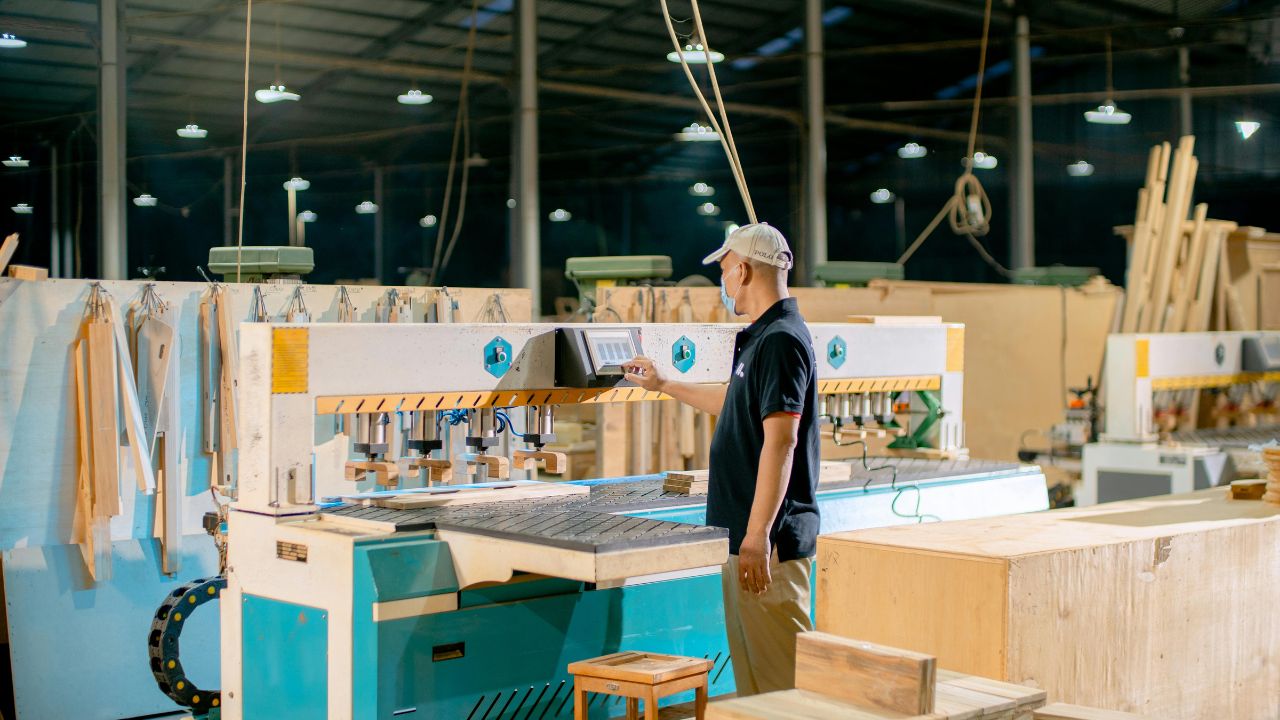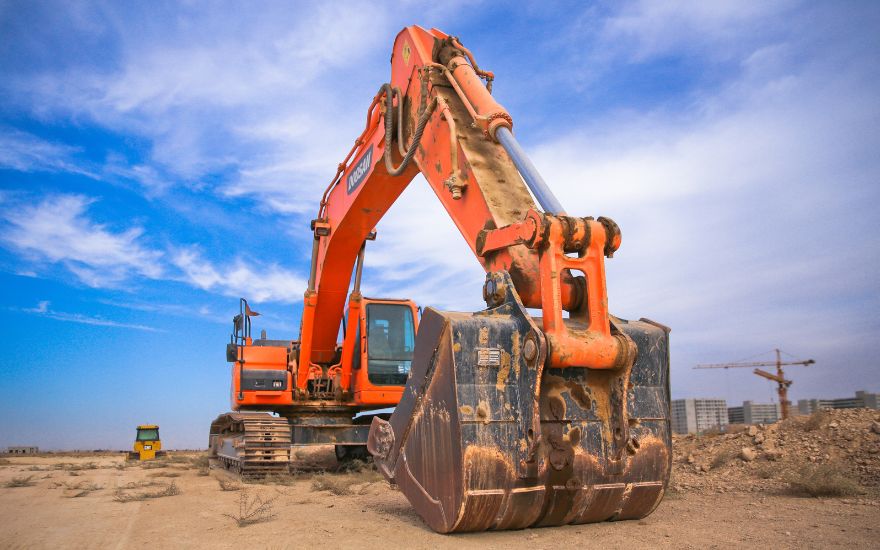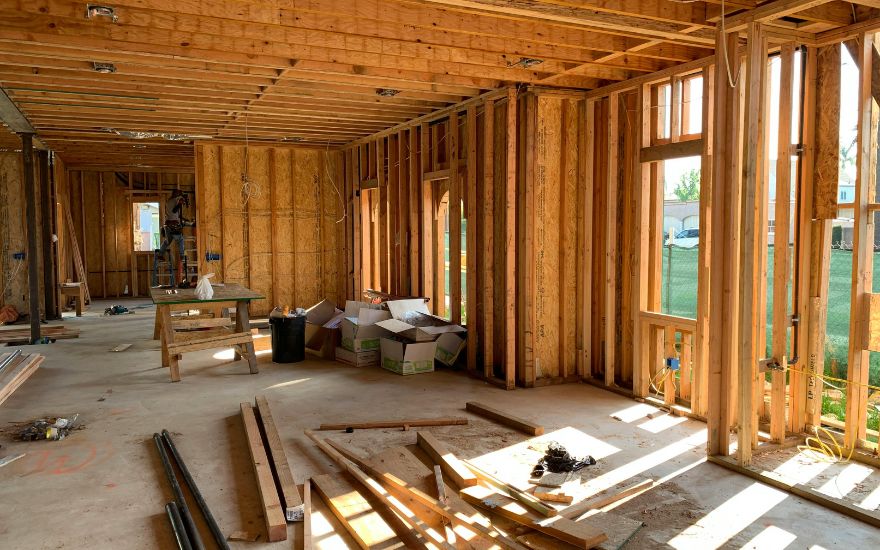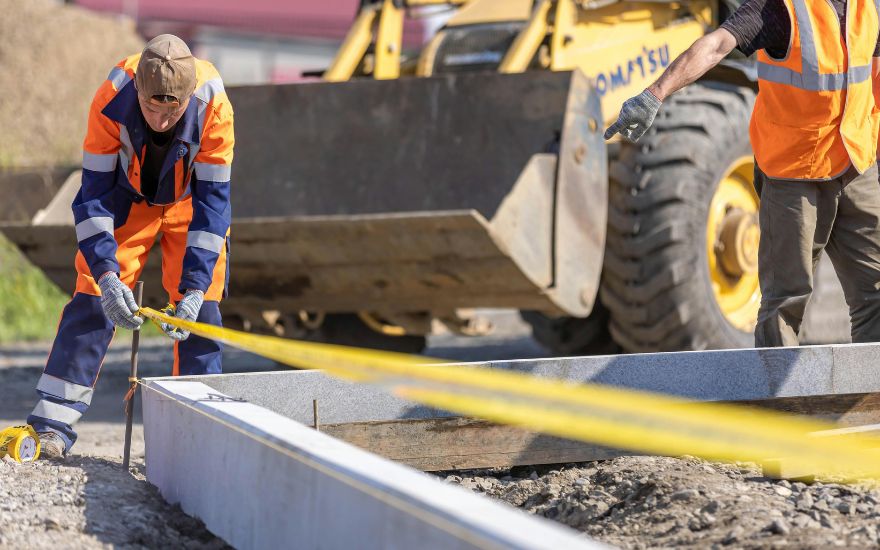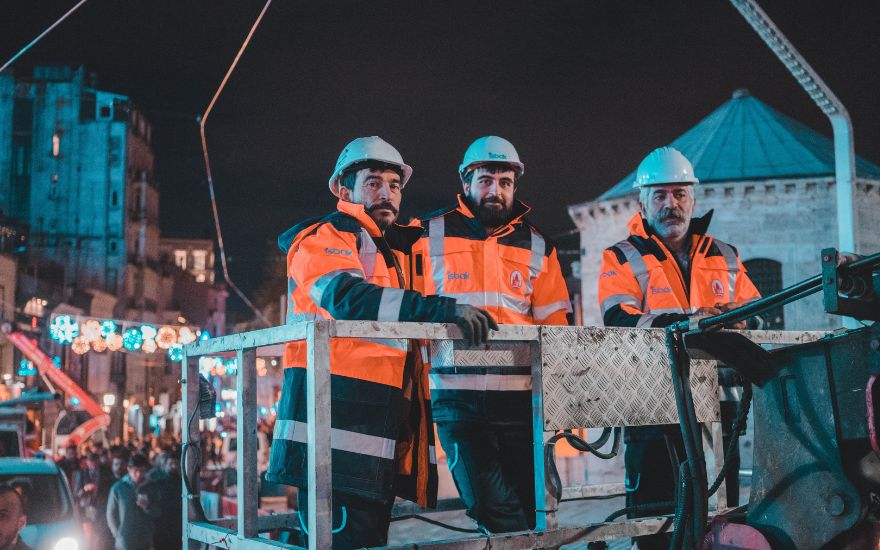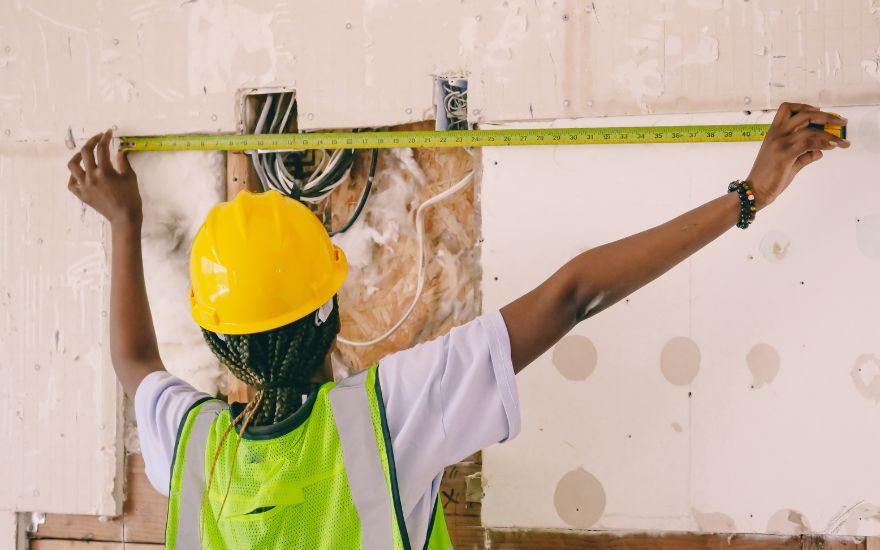10 Facts to Consider Before Choosing Brutalist Architecture for Your House
Brutalist architecture might not be everyone’s first thought when designing a home, but its striking presence and uncompromising ethos make it a compelling option for those seeking a bold, enduring structure. Whether you’re drawn by its raw concrete facades or its honest structural expression, there’s a reason brutalism has surged back into architectural conversations. If you’re exploring this distinctive style for your residential project, you’re not alone. More homeowners today are curious about its rugged beauty and philosophical depth.
This blog explores the most essential considerations for anyone thinking about brutalist architecture for a house. We’ll cover ten critical facts you should know before making a decision. From construction materials and energy efficiency to neighborhood integration and maintenance, each point offers clarity on what living in a brutalist home really means. Let’s dive into these insights to help you determine whether this commanding architectural style aligns with your vision for a dream home. For more inspiration on home design, explore the services at CozyCasa.
Things to Know Before Embracing Brutalist Home Design
Before committing to brutalist architecture for your home, it’s essential to understand the foundational aspects that define this style. Often misunderstood as cold or uninviting, brutalism is actually rooted in honesty, minimalism, and strength. Originating from post-war Europe, it was born out of necessity and evolved into a bold architectural language characterized by raw materials, exposed structures, and functional design.
In this section, we’ll break down the important foundational elements you should know. These include the role of materials, sustainability considerations, design functionality, and more. These insights will help you navigate whether this architectural path complements your personal aesthetic and lifestyle needs.
1. Understanding Brutalist Design Principles
Brutalist architecture embraces form-follows-function as its core design philosophy. Every element has a practical purpose, and ornamentation is kept to a minimum. The style relies on geometric shapes, repetition, and exposed building materials to create an impactful visual statement. It reflects honesty in construction, revealing what buildings are made of and how they are put together.
This principle means that your home will exude a strong, minimalist personality. These design choices often lead to an open-plan interior with large communal areas, concrete textures, and industrial features. For homeowners who appreciate simplicity and structure, this design principle resonates deeply.
2. Importance of Material Selection in Brutalist Homes
Materials are a defining feature of brutalist homes, with concrete being the most dominant. This raw, unfinished material showcases structural integrity and strength, but it’s not the only option. Modern adaptations of brutalism include stone, glass, wood, and steel to soften the harshness while maintaining aesthetic integrity.
Choosing materials for a brutalist home is more than a visual decision—it affects insulation, maintenance, and energy efficiency. Knowing how different materials impact your home’s longevity and comfort is crucial to creating a space that’s not just striking, but also livable.
3. Considering Energy Efficiency in Brutalist Structures
A common misconception is that brutalist homes are energy inefficient due to concrete’s poor thermal properties. However, with modern insulation and passive solar design strategies, these homes can be incredibly sustainable. Deep window recesses and thick walls provide excellent thermal mass, reducing heating and cooling needs.
Green adaptations like triple-glazed windows and radiant heating further enhance energy conservation. When planned correctly, brutalist homes can meet or exceed energy efficiency standards without compromising aesthetics.
4. Brutalist Homes and Neighborhood Compatibility
Before diving into brutalism, consider how this bold style will integrate with surrounding homes. In neighborhoods filled with traditional or modern suburban houses, a brutalist home may stand out dramatically—and not always in a welcoming way. Zoning regulations and HOA guidelines can also restrict certain design elements.
To avoid discord, consider hybridizing brutalist principles with regional aesthetics. Partnering with architects experienced in contextual design ensures your home stands out without clashing. Balancing uniqueness with environment-sensitive planning is key.
5. Maintenance Demands of Brutalist Architecture
Raw concrete and exposed surfaces are visually striking but require thoughtful upkeep. Concrete can crack, stain, or weather over time, especially in harsh climates. Sealing and treating surfaces periodically is vital for durability and appearance.
Choosing high-performance materials and investing in protective treatments can greatly reduce long-term maintenance needs. Being informed about potential wear and care ensures that your brutalist home remains timeless and resilient.
10 Must-Know Facts Before Choosing Brutalist Architecture
Now that we’ve covered foundational considerations, let’s explore the top 10 facts that every homeowner should know before choosing brutalist architecture. Each of these insights touches on practical, aesthetic, and lifestyle implications of designing your dream brutalist home.
1. Brutalism Is Rooted in Philosophical Ideals
Born from the post-war era, brutalism emerged as a reaction to ornate and decorative styles. Its origins lie in social equality and utilitarian principles, with architecture designed to serve the masses. The aesthetic wasn’t just a design choice—it was a philosophy of accessibility and purpose.
This depth of ideology can resonate with homeowners who value meaning in their home design.
2. Interior Spaces Are Often Wide and Open
Brutalist homes often feature open floor plans, allowing for flexible use of space. The structural layout typically involves fewer internal walls, creating a sense of expansiveness. These spaces are ideal for modern living, where communal interaction and adaptive layouts are prized.
Such layouts also enhance natural light penetration and air circulation, contributing to a healthier indoor environment. If you love fluid, airy interiors, brutalism might be your match.
3. Brutalist Homes Are Incredibly Durable
Thanks to concrete’s inherent strength, brutalist structures are built to last. They resist weathering, pests, and structural damage better than many traditional materials. This durability makes them a wise long-term investment.
Their monolithic construction provides structural integrity that outperforms wood-frame buildings. A well-constructed brutalist home can endure decades with minimal intervention.
4. Customization Is Limited but Powerful
Because of its rigid materials and structural requirements, brutalist architecture offers less flexibility for last-minute design changes. However, when planned carefully, the customization options are profoundly impactful.
With early collaboration between you and your architect, you can integrate personalized features like cantilevered sections, sunken living rooms, or custom concrete furniture. Planning ahead is everything.
5. Brutalism Can Be Surprisingly Cozy
Though the style is known for its hard edges, brutalist interiors can be softened with natural textures, warm lighting, and modern furnishings. Timber, wool, and layered textiles can make even the starkest spaces feel inviting.
Thoughtful interior styling ensures your brutalist home balances strength with comfort, making it a livable and enjoyable space.
6. Budgeting Needs Strong Planning
Brutalist homes can range from economical to expensive, depending on design complexity and material sourcing. Raw concrete may seem affordable, but the formwork, labor, and engineering expertise required can add up quickly.
A well-structured budget that includes contingencies ensures smoother execution. Working with experienced contractors can prevent cost overruns and maintain design integrity.
7. Brutalist Architecture Is Making a Comeback
Once considered controversial, brutalism is now being re-evaluated through a contemporary lens. Many architects and homeowners are embracing its honesty and sustainability, making it one of the most talked-about revival styles.
Choosing this style today places you at the forefront of a design renaissance that values resilience, purpose, and minimalism.
8. It Encourages Low-Decoration Aesthetic
Brutalist interiors thrive with minimal adornment. Instead of cluttering the space, homeowners are encouraged to let the architecture speak. Bold furniture pieces, statement lighting, and curated art collections pair beautifully with the raw backdrop.
If you prefer a less-is-more philosophy in your living space, brutalism supports and enhances that aesthetic choice.
9. It May Affect Resale Potential
Brutalist homes are polarizing—some love them, others don’t. If resale value is a consideration, it’s important to know that this style may not appeal to every buyer. The niche market could limit your pool of potential purchasers.
Collaborating with a real estate professional familiar with design-forward properties can help position your home effectively.
10. It Reflects Strong Personal Identity
Choosing brutalist architecture is a bold statement about who you are. It signifies a commitment to authenticity, innovation, and design consciousness. It speaks volumes about a homeowner’s confidence and desire to live with purpose.
If your personality aligns with these values, then brutalism can be an ideal medium for showcasing them in your living environment.
Why Choose CozyCasa for Your Brutalist Home Project?
Designing a brutalist home requires more than an appreciation for raw concrete and geometry—it demands expert planning, structural knowledge, and aesthetic balance. CozyCasa specializes in contemporary and forward-thinking home designs that cater to bold visions like brutalism. Our experienced architects and planners understand the nuances of marrying brutalist principles with comfort, functionality, and local code requirements.
At CozyCasa, we believe every home should be a true reflection of its owner. That’s why we offer tailored consultations, material sourcing, and project management that honor your style while ensuring long-term durability and performance. Whether you’re envisioning a concrete monolith nestled in nature or an urban fortress with industrial flair, we’re here to bring your dream to life. Explore our design portfolio and discover how we can make your brutalist home both beautiful and livable.
Conclusion
Brutalist architecture is not for the faint of heart, but for those who embrace it, the rewards are significant. Its raw honesty, enduring materials, and striking design language offer a home that stands apart. From foundational planning to long-term maintenance, brutalism demands intentionality at every step. However, with the right approach and a trusted design partner, it can result in a timeless, functional, and deeply personal living space.
If you’re inspired by the bold essence of brutalism, CozyCasa is ready to help you explore its full potential. From concept to completion, we ensure your home is a unique reflection of strength, purpose, and refined taste. Visit CozyCasa today and start planning your future home with a team that understands the art and science of architectural innovation.
Summary
Brutalist architecture offers a bold and meaningful alternative for modern homeowners seeking durability, authenticity, and distinctive design. Before embracing this style, it’s important to understand its principles, materials, maintenance, and community fit. The 10 facts outlined above provide a comprehensive look into what you can expect—from its philosophical roots to resale considerations. CozyCasa stands out as a trusted partner in turning this powerful vision into reality. With our deep expertise in architectural design and client-first approach, we make the brutalist dream home achievable, comfortable, and unforgettable.


